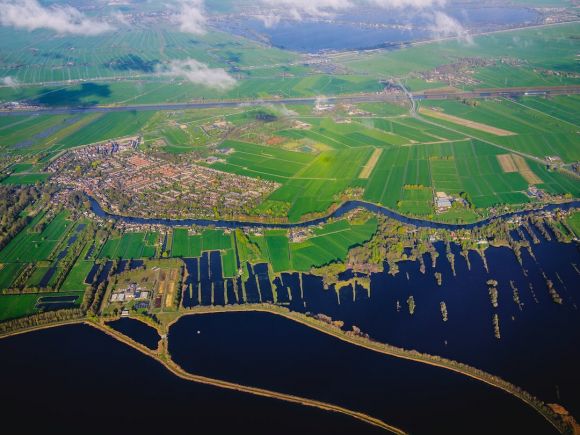Water is a precious resource, and its scarcity is becoming a growing concern worldwide. Agriculture is one of the biggest consumers of water, accounting for approximately 70% of global freshwater withdrawals. In light of this, it is crucial for farmers to adopt efficient irrigation techniques that can help reduce water usage without compromising crop yields. In this article, we will explore some effective methods that can be employed to achieve this goal.
Drip Irrigation: A Precise Solution
Drip irrigation is a highly efficient technique that delivers water directly to the roots of plants. Unlike traditional overhead sprinklers, which can result in significant water loss due to evaporation and runoff, drip irrigation ensures that water is applied precisely where it is needed. By using a network of tubes and emitters, water is released slowly and steadily, allowing plants to absorb it more effectively. This technique not only minimizes water waste but also helps prevent weed growth and disease spread, as the foliage remains dry.
Micro-Sprinklers: Balancing Efficiency and Coverage
Micro-sprinklers are an excellent alternative to conventional sprinkler systems. These devices emit water in a fine mist, reducing evaporation losses and providing more uniform coverage compared to traditional sprinklers. They are particularly beneficial for orchards and vineyards, where the spacing between plants may vary. With micro-sprinklers, farmers can customize the water application rate and adjust the angle and trajectory of the water, ensuring that each plant receives the necessary amount of moisture.
Soil Moisture Sensors: Precision Water Management
One of the keys to efficient irrigation is understanding the moisture needs of plants. Soil moisture sensors are electronic devices that measure the water content in the soil, allowing farmers to determine when and how much water to apply. By accurately monitoring soil moisture levels, farmers can avoid under or over-watering, which can lead to nutrient leaching or water stress in plants. These sensors can be integrated with automated irrigation systems, ensuring that water is only applied when necessary, thus reducing wastage.
Mulching: Conserving Water and Suppressing Weeds
Mulching is a simple yet effective technique that involves covering the soil surface with a layer of organic or inorganic material. This practice helps conserve water by reducing evaporation and preventing weed growth. Mulch acts as a barrier, keeping the soil cool and retaining moisture, thus reducing the frequency and amount of water needed for irrigation. Additionally, organic mulches, such as straw or wood chips, improve soil structure and fertility as they decompose, providing long-term benefits to plant growth.
Crop Rotation and Cover Crops: Enhancing Water Use Efficiency
Crop rotation and cover crops are sustainable farming practices that can significantly improve water use efficiency. By alternating the crops grown in a field, farmers can break disease cycles, reduce pest pressure, and enhance soil health. Cover crops, such as legumes or grasses, can be planted during fallow periods to protect the soil from erosion and maintain its moisture content. These practices help create a more resilient and productive agricultural system, ultimately reducing the need for excessive irrigation.
In conclusion, reducing water usage in agriculture is essential for sustainable farming and the conservation of this precious resource. By implementing efficient irrigation techniques like drip irrigation and micro-sprinklers, using soil moisture sensors, adopting mulching practices, and incorporating crop rotation and cover crops, farmers can minimize water waste without compromising crop yields. It is imperative for farmers to embrace these techniques to ensure a more sustainable and water-efficient future for agriculture.
